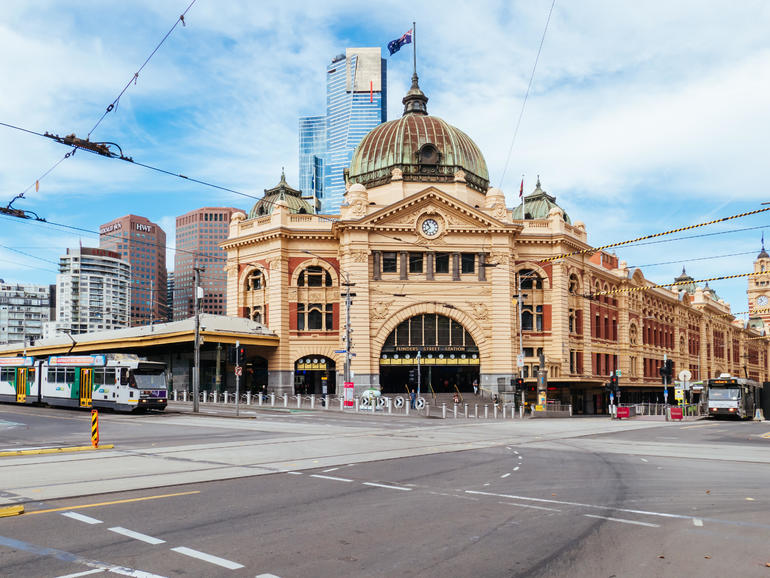
The project is an ongoing collaboration between University of Melbourne, PeakHour Urban Technologies, the Victorian Department of Transport, and Telstra, leveraging AWS. “Not only does this world first technology help Victorians navigate congestion by predicting traffic patterns hours in advance, but it paves the way to the future of connected and autonomous vehicles,” says Carroll. Victorian Minister for Transport Ben Carroll who attended the project launch and said managing a complex transport network presents many real-time challenges. The Victorian Department of Transport provided traffic data and insight to support the creation of the application. "We are using a multidisciplinary approach, combining deep knowledge of mobility with vast amounts of real-time data analytics to predict and optimise traffic in large cities,” he says. PeakHour Urban Technologies founding CEO Omid Ejtemai says pioneering AI in forecasting real-time traffic lies at the heart of this effort. Industry partner PeakHour Urban Technologies developed the application's AI core engine that runs on AWS and powers the engine's predictive capabilities.ĪWS provides PeakHour Urban Technologies the scalability to ingest, store, and process large amounts of traffic data, the ability to adapt to an ever-changing transport network, and the breadth and depth of cloud services to support PeakHour Urban Technologies with its AI solutions. “If we can upscale the application to provide more accurate prediction with machine learning and real-time data, it will soon be possible to substantially reduce delays in hotspots across Melbourne and many locations across the globe. “The application observes the nature of traffic and figures out complex traffic patterns across the network through machine learning built into the technology,” Sarvi says.

Transport engineering expert and AIMES director professor Majid Sarvi says the application can also optimise traffic signals for on-road vehicles, freight, and public transport such as buses and trams. The project says it will be able to predict traffic congestion up to three hours ahead. University of Melbourne's Australian Integrated Multimodal EcoSystem brought together PeakHour Urban Technologies, the Victorian Department of Transport, and Telstra to create a large-scale AI application hosted on Amazon Web Services (AWS), which can predict traffic conditions across Melbourne. Web surveys showed dramatic changes in public perception of the Rapid Rehab approach from initial reluctance and objection to positive support.A new project plans to use artificial intelligence to predict traffic congestion in a bid to optimise traffic in larger cities and improve road safety. The estimated benefits of accelerated reconstruction on this project included a 28% reduction in agency cost and 29% time value savings to road users, compared to the traditional approach of using repeated nighttime closures. As a result, traffic demand through the construction work zone was reduced by 20% and the maximum peak-hour delay was reduced by 50%. This “Rapid Rehab” project adopted state-of-practice technologies to accelerate construction, mitigate traffic disruptions, and propagate project information.

The operations, estimated to take 10 months using traditional nighttime closures, were completed in two 9 - day continuous closures with round-the-clock (about 210 h for each direction) operations. The central analytical tool in the Urban Mobility Report is the Travel Time Index (TTI), which is the ratio of average peak hour travel times to average free. Badly deteriorated truck lanes in both directions along a 4.5 - km stretch of I-15 were rebuilt from the gravel base up. This case study paper presents an innovative fast-track approach applied to a heavily trafficked urban freeway reconstruction project in Southern California.


 0 kommentar(er)
0 kommentar(er)
